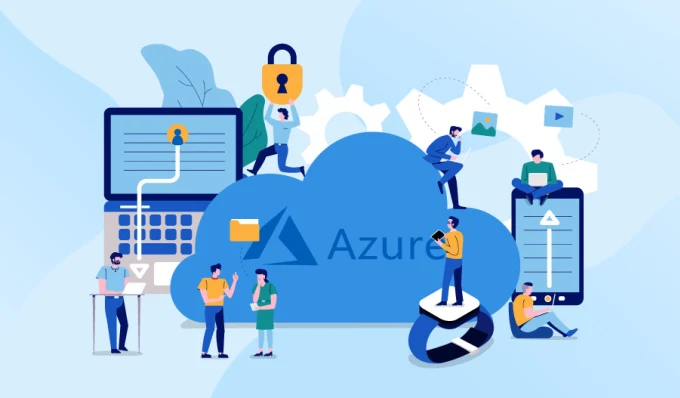What is Microsoft Azure?
Azure is a cloud computing platform and online portal that allows you to access and manage cloud services and resources provided by Microsoft. These services and resources include storing your data and transforming it according to your needs. To access these resources and services, all you need is an active internet connection and the ability to connect to the Azure portal.

Microsoft Azure Plans
[plan_sheet category=”azure”]

What you should know about Azure:-
Why is Microsoft Azure Important?
Azure, like other cloud providers, offers the ability to instantly provision computing resources on demand. Compared to the onerous task of planning and building an on-site data center, along with the necessary hardware upgrades, maintenance costs, server cooling requirements, energy costs and space utilization, especially for offices with associated real estate costs, the savings they can add up very quickly.
However, the benefits of Azure go beyond cost control. The task of administering certain technologies such as Windows Server, Active Directory and SharePoint can be greatly simplified by combining Azure and Office 365. This allows IT staff to work on new projects instead of spending time on general system maintenance.


Microsoft Azure is an interoperable cloud computing services platform that includes standards-based open source technologies and proprietary solutions from Microsoft and other companies. Instead of building an on-premises server installation or renting physical servers in traditional data centers, Azure’s billing structure is based on resource consumption rather than reserved capacity. Pricing varies based on different service types, storage types, and the physical location hosting your Azure instances.
Azure is also working on a new service called CloudPC, which ZDNet contributor Mary Jo Foley describes as “an option for customers who want to use their Windows PCs from Microsoft and/or other PC manufacturers as thin clients running Windows, Office, and potentially other software. Software is virtually provided by Microsoft. The release date of the new service is unknown but could be as early as spring 2021.
Let’s now discuss what the various Microsoft Azure Services are in the article What is Azure.
